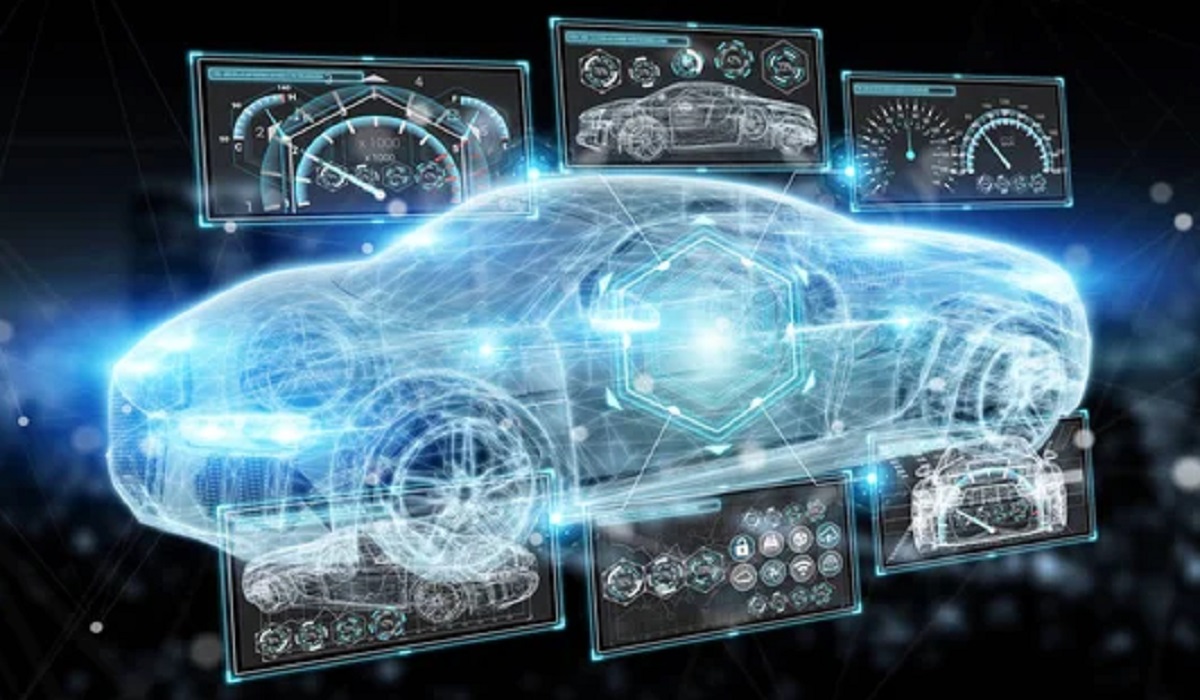As technology continues to evolve, the automotive industry has been quick to embrace innovations that make driving safer, more efficient, and remarkably convenient. Modern vehicles come equipped with an array of cutting-edge features that cater to the needs and preferences of drivers, transforming the way we experience life on the road. From advanced driver-assistance systems to intuitive infotainment options, these features have become an integral part of our daily driving routines. In this article, we will explore the top features that have revolutionized the driving experience, providing both general information and technical insights into their functionalities.
Adaptive Cruise Control (ACC):
Adaptive Cruise Control is a game-changer for long-distance driving. Unlike traditional cruise control, ACC utilizes sensors and cameras to maintain a safe following distance from the vehicle ahead. When the system detects slower traffic, it automatically adjusts the car’s speed to match the flow, reducing the need for constant acceleration and braking. ACC not only makes highway driving more relaxing but also enhances safety by reducing the risk of rear-end collisions.

Lane Keeping Assist (LKA):
Lane Keeping Assist is a safety feature that helps prevent unintended lane departures. Using cameras to monitor lane markings, LKA gently nudges the steering wheel to keep the vehicle centered within the lane. If the driver drifts close to the lane boundaries without signaling, the system provides subtle corrective steering inputs to guide the car back on track. This feature is particularly beneficial during long drives or when fatigue sets in, providing an extra layer of protection against potential accidents caused by drifting out of lanes.
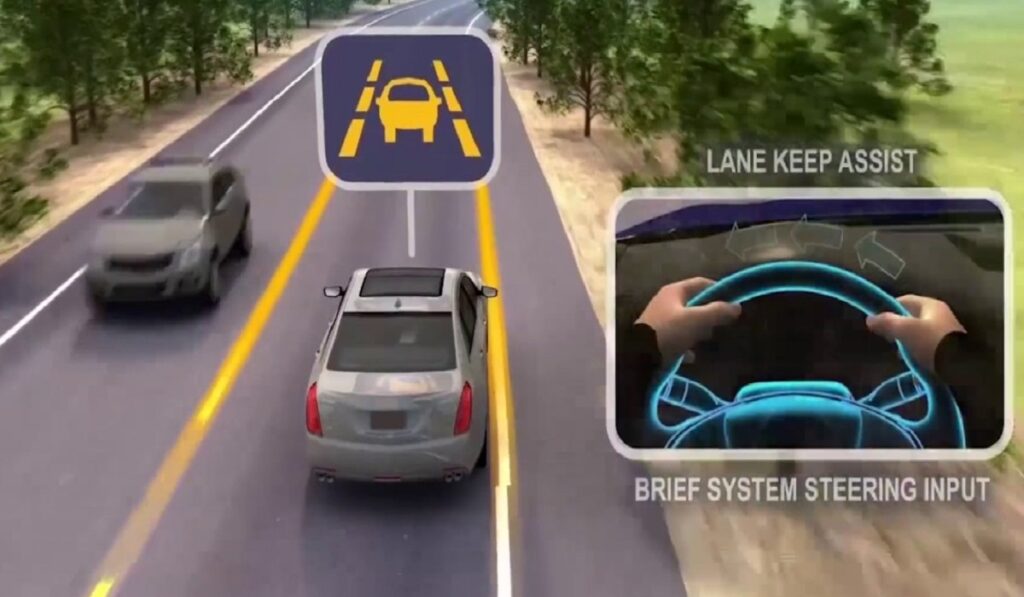
Parking Assistance Systems:
Navigating tight parking spaces can be a daunting task, but parking assistance systems have revolutionized the way we park our cars. Features like Parking Sensors and Rearview Cameras provide visual and auditory cues to aid drivers in maneuvering their vehicles into even the most challenging spots. Some advanced systems, such as Automatic Parking Assist, can take control of the steering while the driver operates the pedals, executing perfect parallel or perpendicular parking with minimal effort.
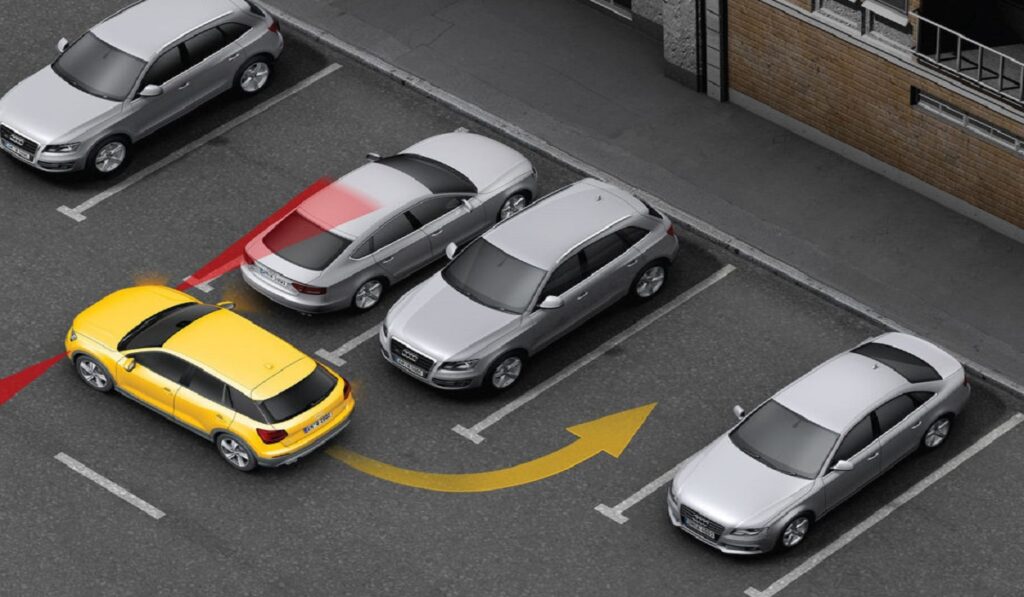
Infotainment Systems with Voice Recognition:
Gone are the days of fumbling with buttons and knobs to control the car’s infotainment system. Modern vehicles now offer sophisticated infotainment interfaces with user-friendly touchscreens and voice recognition technology. By integrating Apple CarPlay, Android Auto, or other voice-activated assistants, drivers can effortlessly access navigation, music, messages, and other features hands-free. This not only reduces distractions but also ensures drivers can stay connected while keeping their eyes on the road.
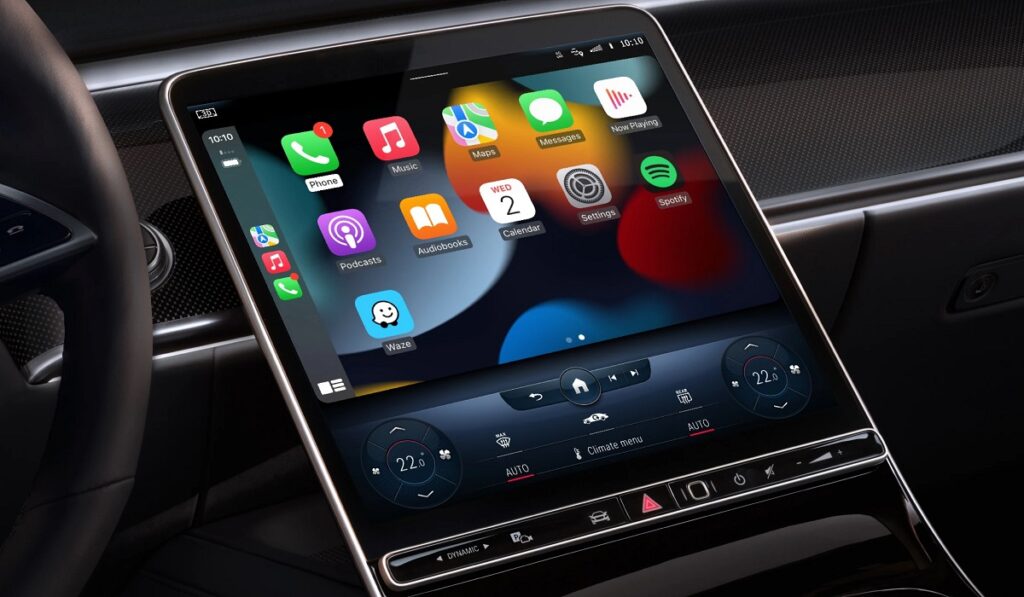
Keyless Entry and Push-Button Start:
Keyless entry systems have become a standard convenience feature in many vehicles. With a key fob in their pocket or purse, drivers can unlock and lock their cars with a simple touch of the door handle. The push-button start further simplifies the driving experience, eliminating the need to insert a physical key into the ignition. As long as the key fob is within proximity, the vehicle can be started with the press of a button.

Adaptive Headlights:
Driving at night or in adverse weather conditions can be challenging, but adaptive headlights have brought significant improvements to visibility and safety. These headlights use sensors to detect the vehicle’s speed, steering angle, and lighting conditions. Based on this data, the headlights automatically adjust their angle and intensity to illuminate the road ahead more effectively. They can pivot as the driver turns the steering wheel, providing enhanced visibility around curves and corners.
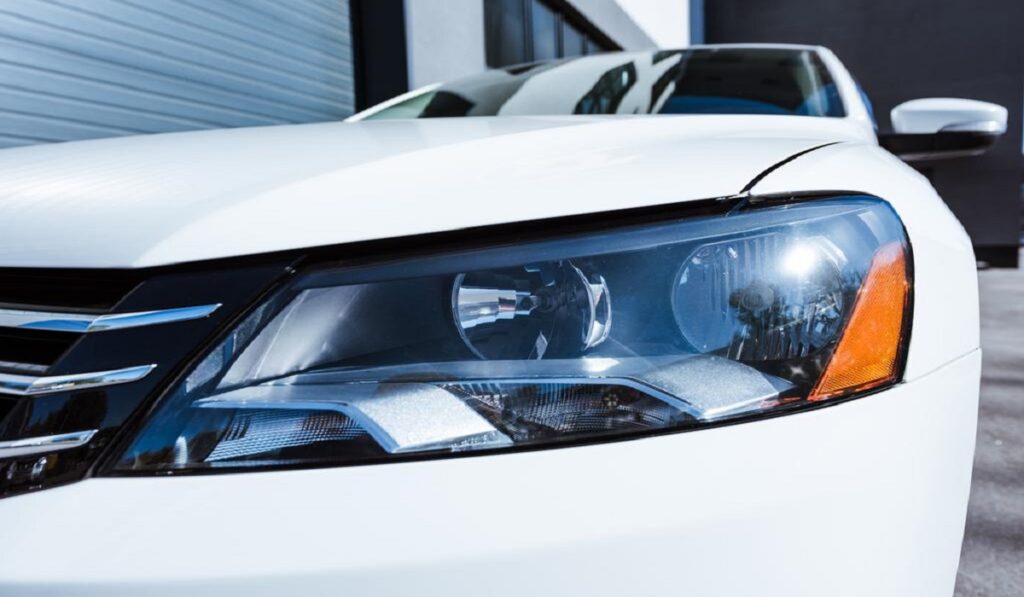
Smartphone Integration and Remote Connectivity:
Many automakers now offer mobile apps that allow drivers to remotely access and control their vehicles. With these apps, owners can lock and unlock doors, start the engine, set the climate control, and even locate their parked car using GPS. This seamless integration with smartphones enhances convenience, especially during extreme weather conditions, as drivers can prepare the car’s interior temperature remotely before stepping inside.
The integration of advanced features in modern cars has transformed the driving experience, making it safer, more comfortable, and remarkably convenient. From adaptive cruise control and lane-keeping assist to parking assistance systems and infotainment with voice recognition, these technologies cater to the needs of today’s drivers. As technology continues to advance, we can expect even more innovative features that will further revolutionize the way we interact with our vehicles, making driving an increasingly enjoyable and efficient experience.
Advanced Driver Assistance Systems | Car Features That Will Ease Your Life in Cars
Advanced driver assistance systems encompass an array of features designed to boost safety and comfort during travel. Notable characteristics of such advanced driver assistance systems include:
Forward Collision Warning (FCW): This feature uses sensors to monitor the distance between your car and other vehicles ahead. When potential collisions are identified, visual or auditory warnings alert drivers in time so they can respond swiftly.

Automatic Emergency Braking: Going beyond forward collision warning, should an approaching potential collision be detected without response by the driver, this feature automatically applies the brakes to prevent or mitigate its effects.
Blind Spot Monitoring: Blind spot monitoring systems use sensors to continuously scan blind spots around and behind your vehicle, alerting drivers when there are vehicles within that blind spot – this makes lane switching safer while decreasing side-impact accidents.
Rear Cross-Traffic Alert: This device alerts drivers of approaching vehicles or pedestrians when backing out of parking spaces, increasing awareness beyond rearview mirrors to help avoid accidents.
Traffic Sign Recognition: Utilizing cameras, this feature recognizes traffic signs and displays vital data on the instrument panel or head-up display of your car, helping you stay abreast of speed limits, no entry signs and other important traffic rules. It enables easy tracking of speed limits and no-entry signs while staying compliant with regulations pertaining to speed limits, no entry signs and more.
Driver Attention Monitoring System: This feature analyzes driver behavior using sensors and cameras to detect any signs of fatigue or inattentiveness on their part, providing early warning to ensure safer driving practices are adopted by all. If fatigue or inattentiveness is detected, an alert alerts the driver immediately so as to maintain safer habits when behind the wheel.
Adaptive Headlight Systems: These headlights adapt to changing driving conditions by automatically switching between high and low beams in response to other vehicles in their path, improving visibility while decreasing glare for other drivers and providing enhanced visibility at night.
Smart Trunk Lid: With this feature, you can open your trunk or lid by waving your foot underneath when your key is nearby, making accessing your trunk much simpler when hands are full and you want quick and easy access. Ideal when hands are full!
Advanced driver assistance systems have drastically enhanced driving experiences, making them safer and more enjoyable than ever before. From collision warnings and automatic emergency braking, blind spot monitoring, traffic sign recognition and traffic sign recognition features are providing drivers with invaluable assistance. By merging cutting edge tech with intuitive design features automakers have successfully created seamless integration of safety and convenience features that have transformed how we interact with vehicles today; technology will no doubt keep developing in ways that enhance driving experiences further enhancing them, leading us towards safer roads in future years.
